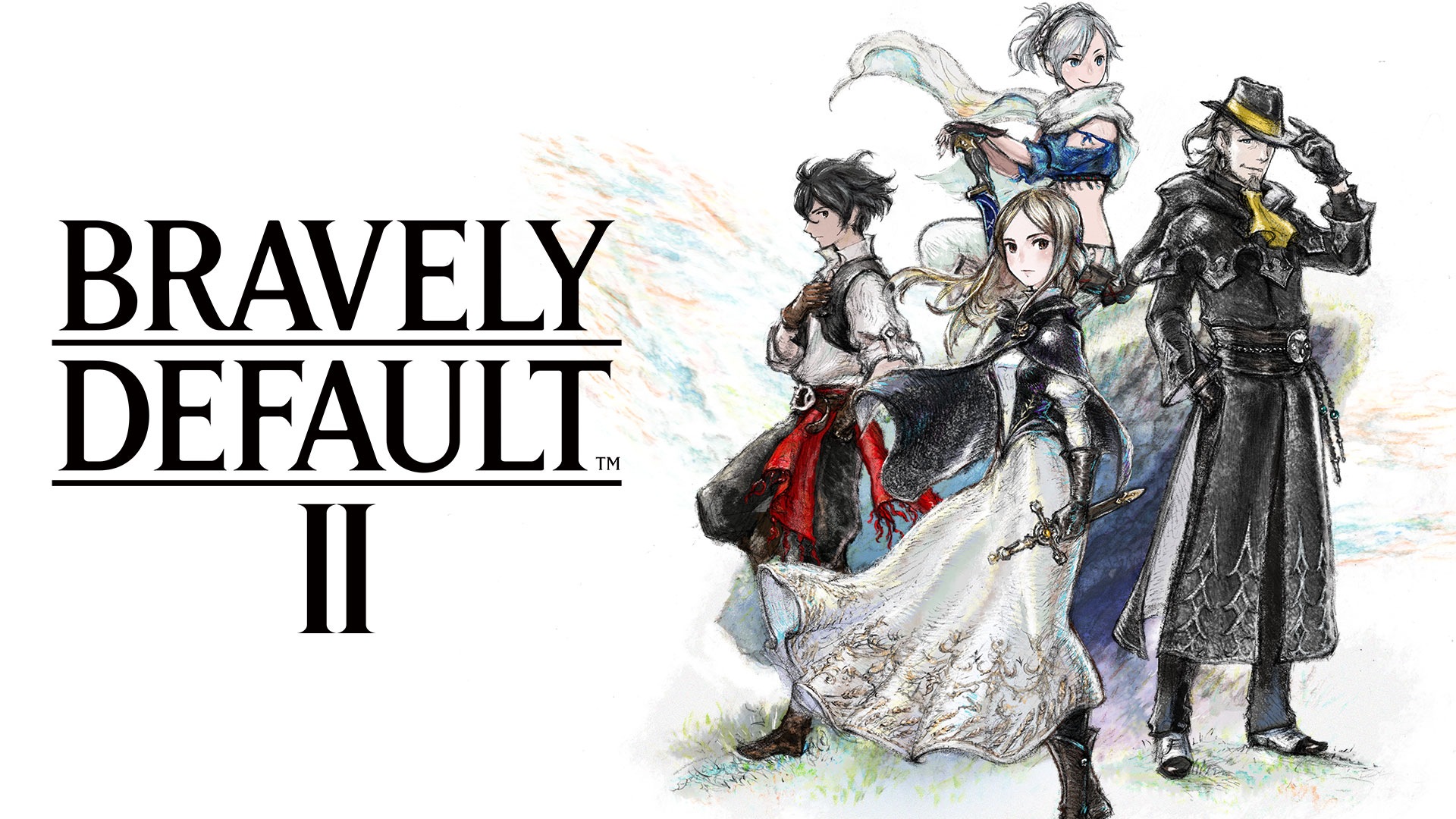
Turn-based JRPGs are typically thought to have gone out of style. Even Square Enix, the biggest developer and publisher of the most well-known turn-based JPRGs, would have you think the genre is dead. It’s a genre that is rarely represented on major consoles, and got relegated to mobile or portable devices over the years.
Bravely Default began as a spin-off from Nintendo DS game known as Final Fantasy: The 4 Heroes of Light. When it was shaping up to be a 3DS title, Bravely Default gradually took on the characteristics and qualities that defined classic Final Fantasy games. Elements such as grand world maps, parties of four, job class systems, and stories involving a hunt for four crystals became Bravely Default‘s ethos.
After two entries, the confusingly titled Bravely Default II has finally left the confines of portable consoles and has hit the big screen… Sort of. Final Fantasy may be having fun pretending it is an action series, but everyone knows that Bravely Default II is where fans go to get an authentic Final Fantasy experience.
Brave Default II
Developer: Claytech Works
Publisher: Square Enix
Platforms: Nintendo Switch
Release Date: February 26, 2021
Players: 1
Price: $59.99 USD
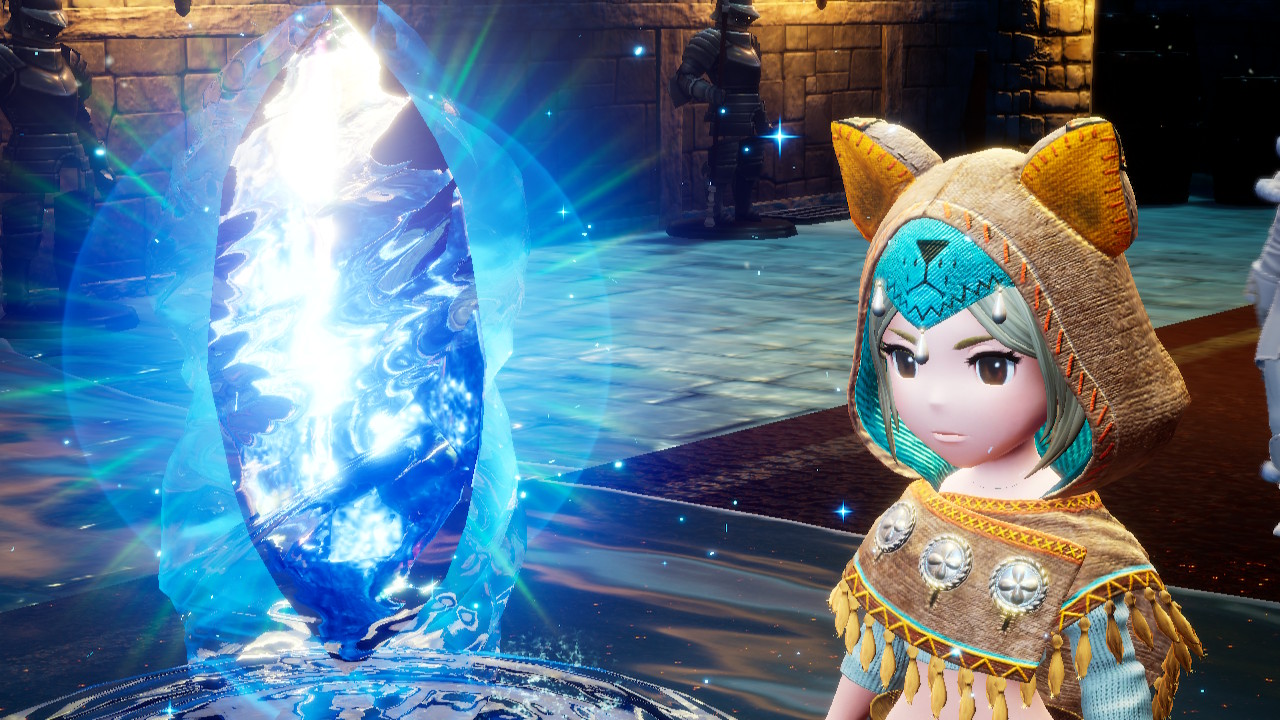
Refusing to change is one of the last freedoms we can enjoy as a species. Bravely Default II is trying to cling to this virtue, and embrace the traditional fundamentals of what made JRPGs enjoyable in the first place. In an age where the JRPG genre leans closer and closer to becoming half-assed action games, there are few that still carry the legacy of four heroes standing in a row, taking turns to smack a boy.
Bravely Default II claims to be so bold to dig its heels into JRPG tradition. It is in its namesake; to be brave to revert to the old ways. While it does deliver on its promises, it also aims to make the experience more accessible for those who might have been casual onlookers, who have become curious to the genre.
Why is turn based gameplay so satisfying, and how does Bravely Default II make it enjoyable? Having to carefully select from a complex list of commands with innumerable variables and conditions is the heart of the strategy in games like this. What Bravely Default II and its predecessors did to liven things up was the Brave and Default system.
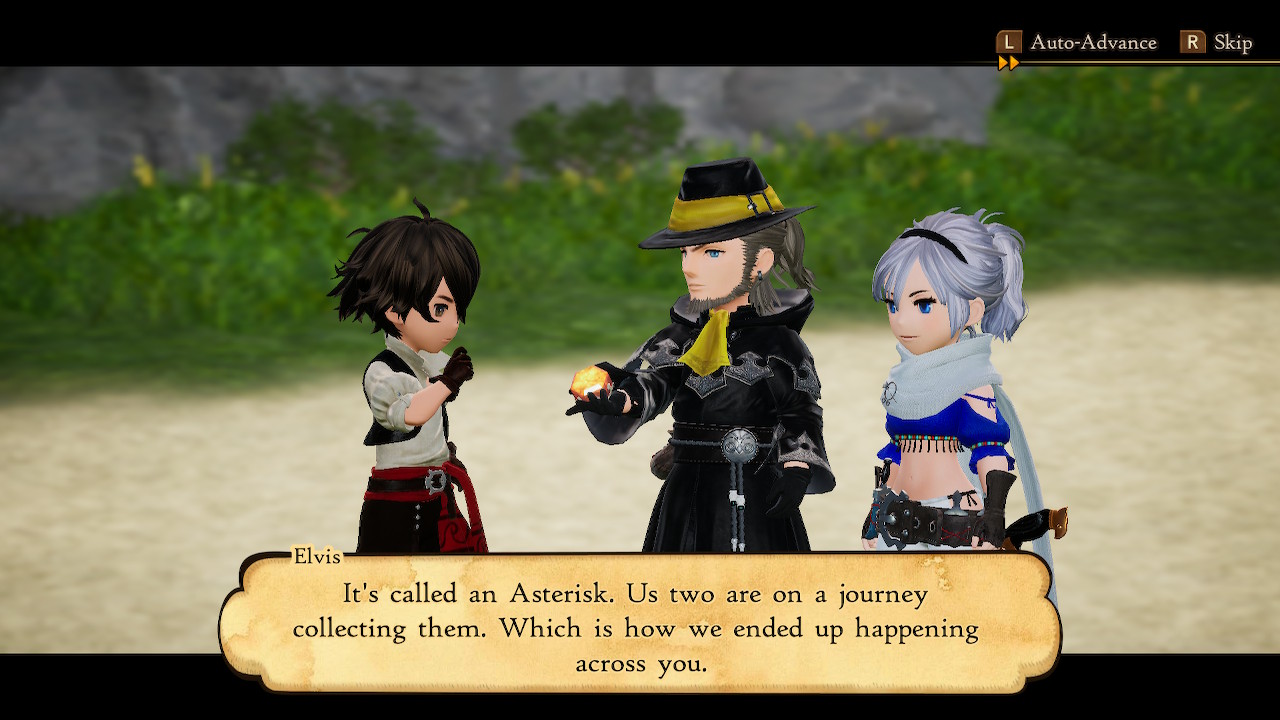
The first crucial module of Bravely Default II‘s turn based gameplay is managing the turn deficit. Each of the four heroes can choose to “Brave”- to gain an extra action at the cost of a future turn- or to “Default”- to gain an extra action for the next turn while defending. This system is not only limited to the player, but also all enemies and bosses.
Going head first with a lot of braving will leave the character or party exposed as they have to recoup the turns from taking so many actions. This is limited by maxing out at four possible actions. This mechanic proves to become very deep, and makes many of the boss battles into agonizing and stressful tactical encounters where every decision is scrutinized.
The other half of Bravely Default II‘s gameplay module is the job class system. This was a hold over from the days when Final Fantasy had an identity, and would often feature characters with either a defined role or had fully customizable class. In Bravely Default II and its predecessors, the job system is now one of its most defining aspects, and this latest entry pulls it off beautifully.
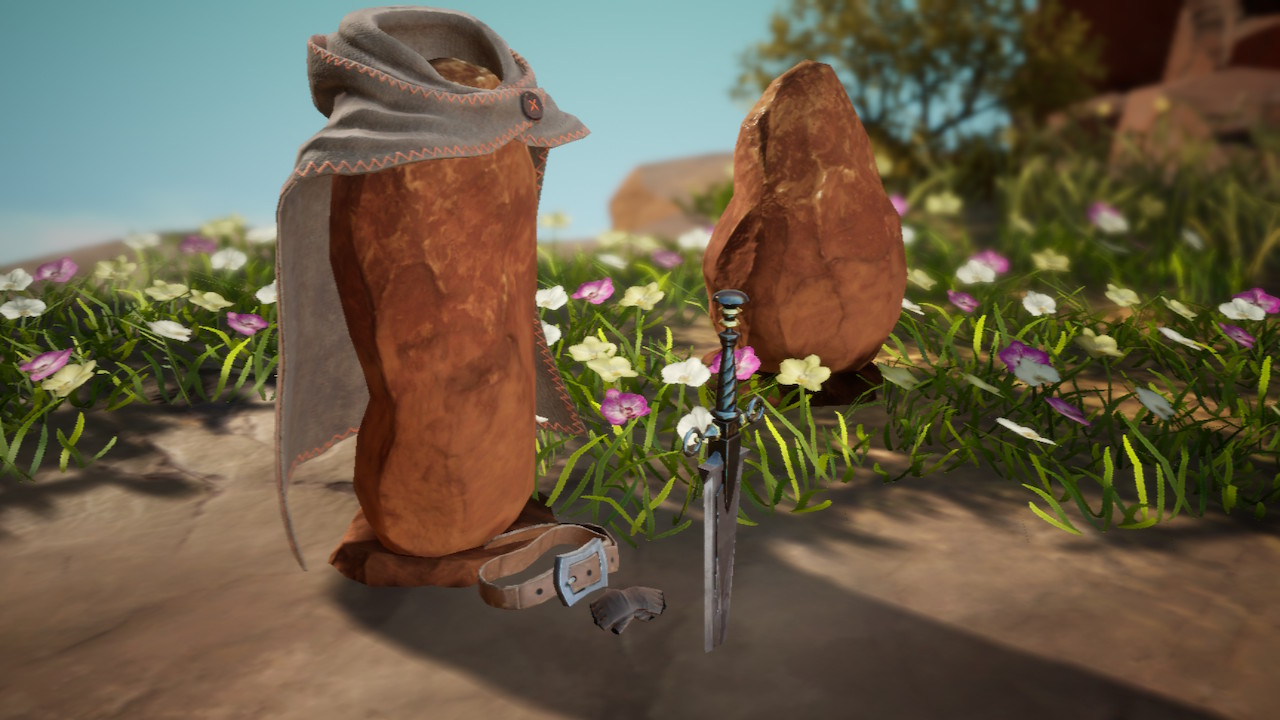
As the story unfolds, the four intrepid heroes will find themselves having to do battle with Asterisk wielders. An asterisk happens to be a gem that endows the user with the powers of a specific job class. Defeating these bosses will earn the party the right to don the attire of these warriors, and all of the powers they command.
These job classes are the backbone to Bravely Default II, and were the DNA to classic Final Fantasy. There is some overlap between many of these jobs from past games and how they work, so fans who grew up playing something like Final Fantasy V or Final Fantasy Tactics will immediately understand what to expect from these roles.
The classics are all here and accounted for; the different colored Mage classes, Bard, Monk, and even Dragoon are represented. Some are reimagined to be more useful or to give it a bit more style.
The Beastmaster functions like a Blue Mage, but is now more capable as a fighter more than ever. Sword Master is the closest to being like the Samurai class, but is more generalized as an all around sword fighter than having samurai design.
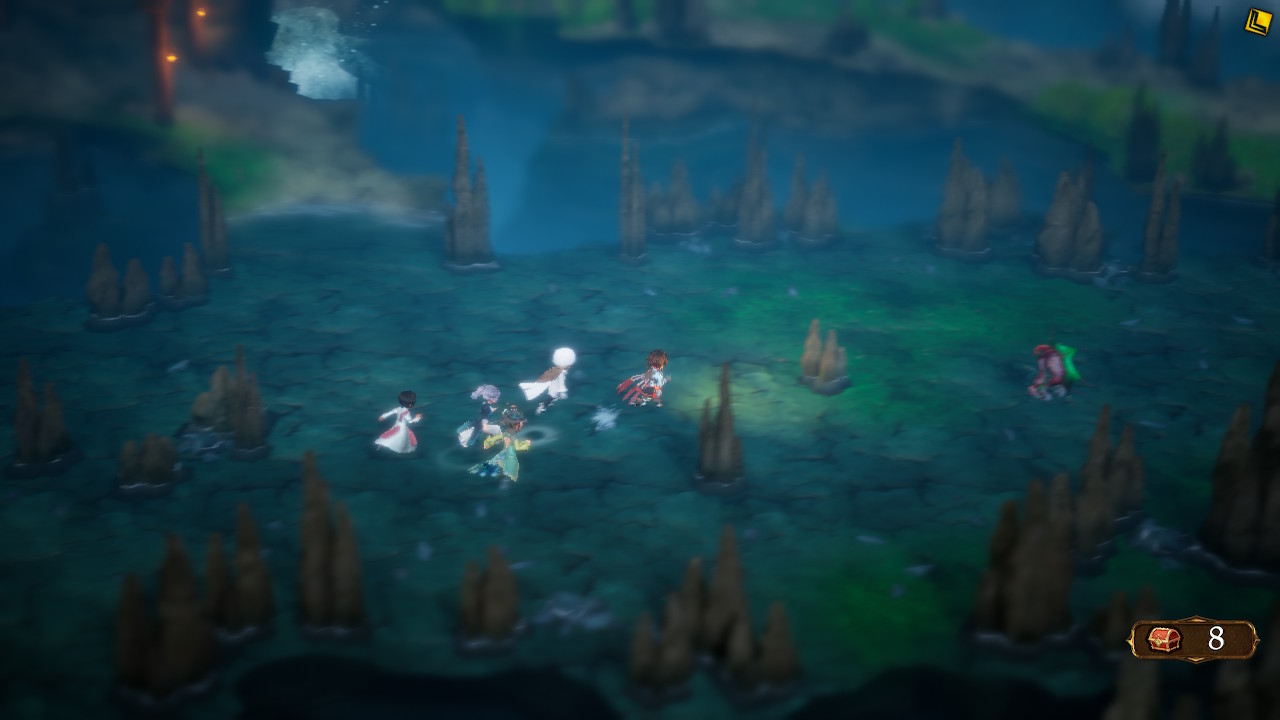
Pictomancer has taken up the role of emphasizing on debuffs from Oracle, which has now become the new Time Mage. The new takes on these jobs has made them feel fresh again. Fans of the classic Final Fantasy titles will be kept guessing when encountering the asterisk users, since something like Pictomancer is original, and having to fight one will be a new experience.
Building the four heroes is a meta game in itself. Every class can be leveled up, and earns their own set of actions, a few passive abilities, and comes with their own unique abilities while assuming the job class. Options will be limited early on, but the further the story progresses, the bigger the pool of available job classes and possibilities become.
The possibilities for character building are seemingly endless. On top of choosing a job class, every character is also able to have a sub-job where they can take the actions of one class with them. This supports any play style imaginable. On top of this feature is that heroes also are able to equip up to five passive abilities across any jobs; allowing cheeky strategists to craft play styles that can potentially break the game.
Not all passive abilities are made equal, and the most desirable ones might cost more than one slot in the character’s loadout. Bravely Default II still manages to keep everything fairly, balanced despite offering nigh endless possibilities to players. This has never been more evident in the game’s healthy challenge.
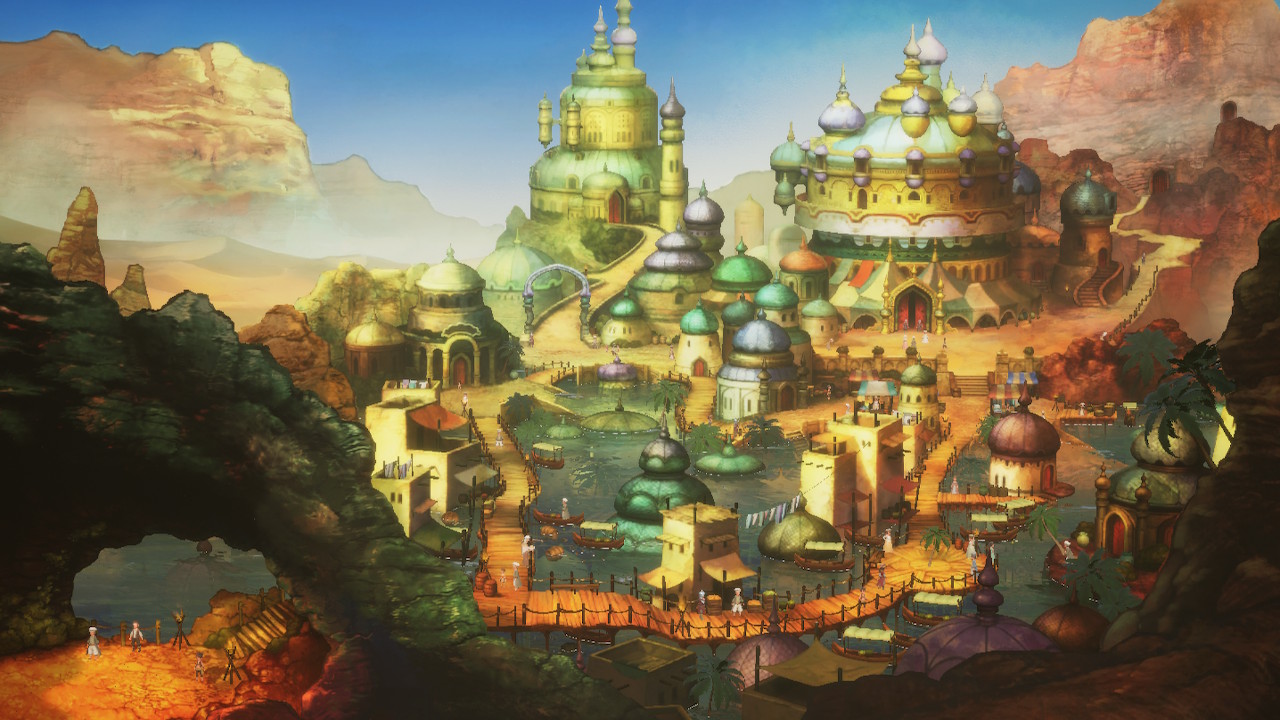
Despite all the quality of life options implemented; such as chain battles for more job points and even a feature that gives experience and job points for not playing, Bravely Default II can give experienced gamers close calls.
Boss battles with the asterisk users in particular will push gamers to their mental limit with how much planning and preparation they will require if they hope to come out of the fight with multiple party members alive.
The optional notorious monsters that roam the world map are especially hard, and are geared toward higher level play. Expect to have to plan extremely long term strategies in order to be victorious with these diabolical scrapes.
Sometimes the first time engaging with these threats will be more of a test run to gain some understanding of what the enemy is capable of, and for the real fight to be after getting a game over.
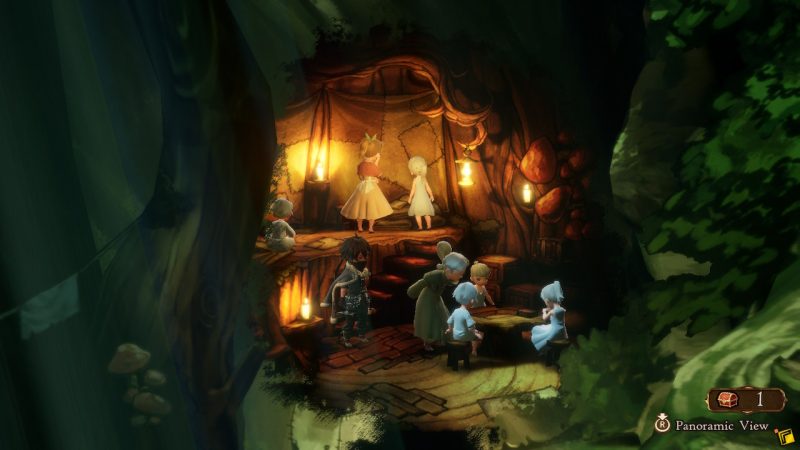
Like a good classic JRPG, Bravely Default II features a quaintly comfy world map. The execution of this overworld is far more inspired than anything before it. NPCs will show up roaming the lands, sometimes offering a side quest to partake. Gating off regions is done more naturally, and requires the heroes to earn an ability to overcome the obstacle.
Suddenly previously explored areas are worth revisiting, and new discoveries are made. New battles open up, and even some NPCs might be interested in playing a game of cards. The world map even has a day and night cycle that factors in what sort of monsters will roam, and can even have an impact on the passive abilities that are equipped.
As a JRPG, Bravely Default II is densely packed with features and playability. No matter what, it always seems like there is something to do. It does seem like the boys who worked on this cared deeply about what they were making, and clearly did their due diligence when it came to representing a thoughtfully designed turn-based combat system that demands some intelligence from the player.
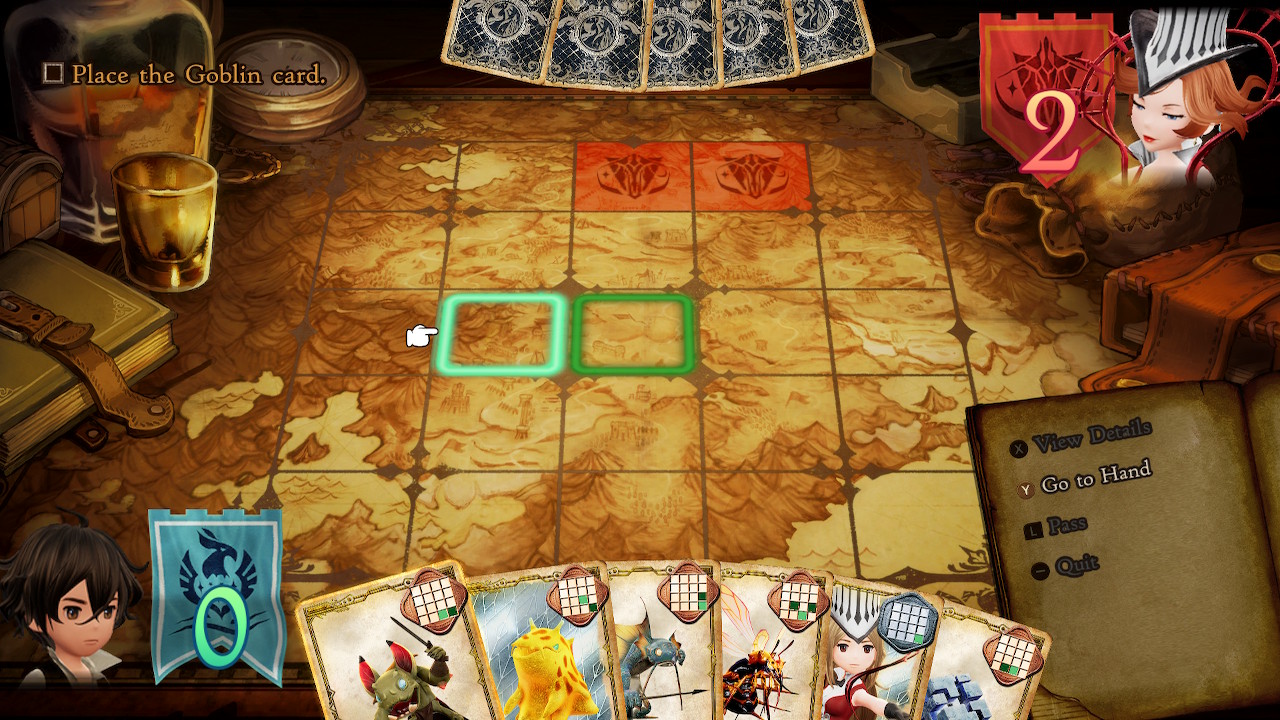
As intelligently designed as Bravely Default II is, it does have a few questionable choices. Each job maxes their job level at 12, and every ability earned is gained in a linear order. The problem with this is that playing as a maxed out class will make all job points earned after battle go to waste.
Character’s job points should have been allocated into a lump sum, and free to spend on any ability they can afford. This way, nobody is forced to make a character play as an ill-fitting job for so long, and job points are not lost. This was the same exact method used in Final Fantasy Tactics, and why it was not thought of here is confounding.
Jobs do not take long to max out to level 12, and not having an option to be able to switch jobs during battle at a cost (such as turn/brave points) is very limiting. Much later in the game, the party will have so many jobs to manage, and battles can become overwhelming.
Instead of having to mulligan a long boss battle, it would be so much smoother to have the option to restructure the party mid fight instead; rather reload the last save.
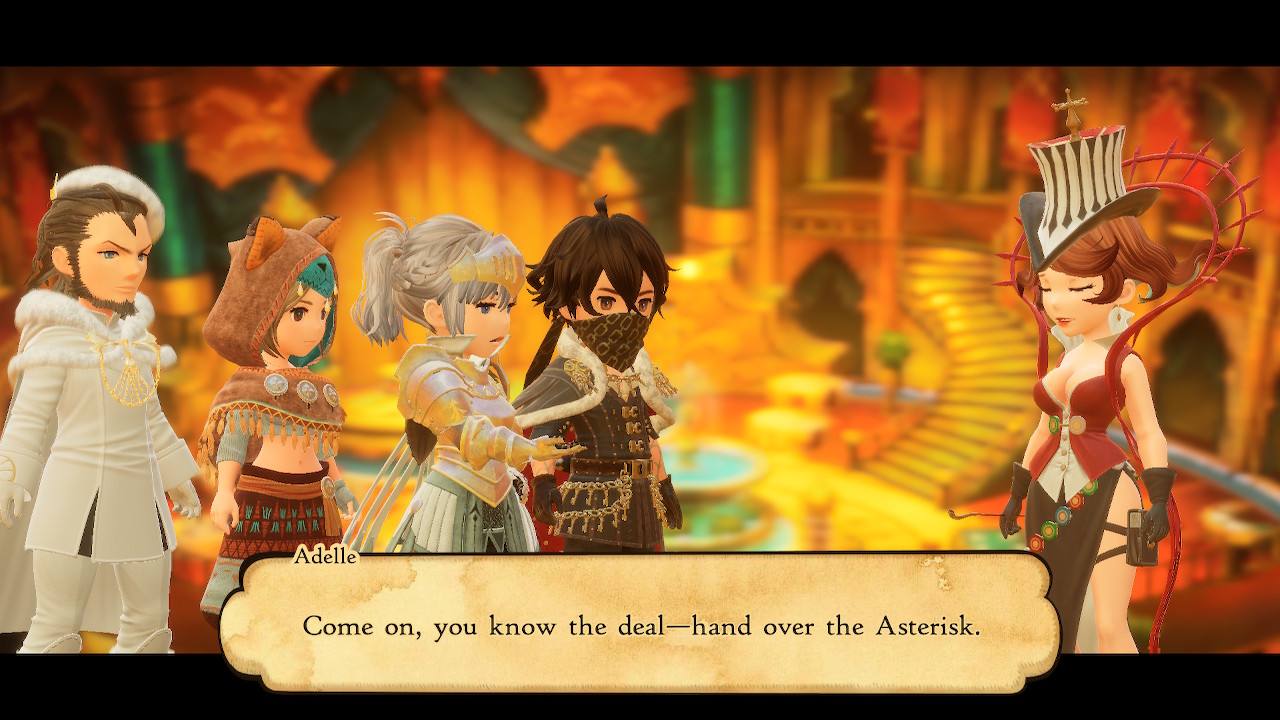
It is easy to look past an annoyance like the job points going to waste, because the world of Bravely Default II is beautifully rendered. The boys at Claytech Works get a lot of mileage out of the Switch’s limited processing power and Unreal Engine 4 to let their art direction shine. This game is very illustrative with its style, and how color harmonizes every framable frame.
The towns in particular are a sight to behold; using a mixture of 2D assets and 3D models to create a layered illusion of depth and dimension. The effect conjures of memories of classic SquareSoft JRPGs from their PlayStation era in the mid to late 90s. Part pre-rendered backdrop, but with enough 3D elements to allow enough wiggle room for slight camera movement to ensure some volume.
Dungeons are always distant overhead points of view, and the layouts often resemble something you would mistake for being procedurally generated. These are large and samey mazes with the same few assets being recycled through out. The gameplay in these sections are equally lifeless, rarely more complex than just trying to make it to the end by following the quest marker.
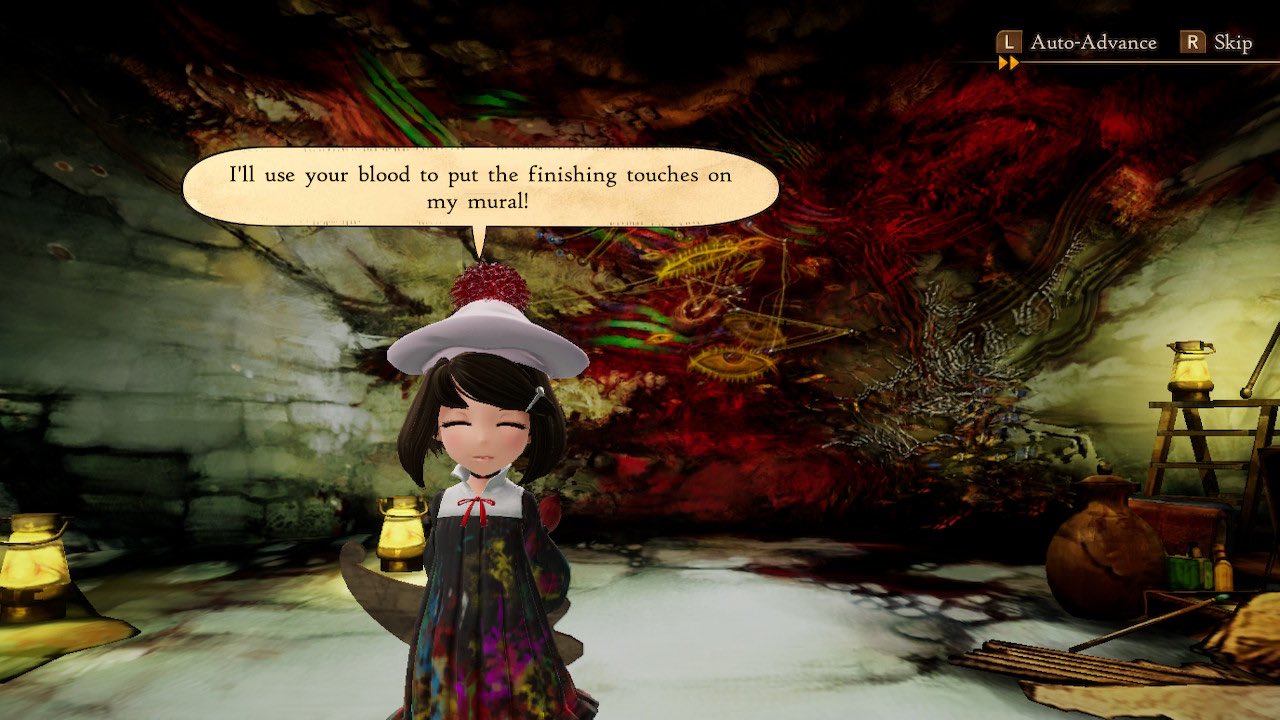
Bravely Default II‘s budget clearly did not go into crafting interesting dungeons, or even quality cutscenes. Most of the story is represented with the character models standing in front of a blurred background and their actors delivering their lines to poorly synced lip animation.
There are some exceptions to the cutscenes, but any stylized or creative camera work or close-ups for the narrative is reserved for very few instances. For 90 percent of the experience, it’s just lazily animated characters going through stock animations in front of a background. At times it almost resembles puppet theater.
The narrative could have used a bit more stylish flair, because the main story in Bravely Default II is very vanilla and by the numbers for Square Enix standards. The story pays a bit too much lip service to the simplistic plots of the games that inspired this. Older games can get away with this because they were early examples of the genre, but Bravely Default II has no excuse.
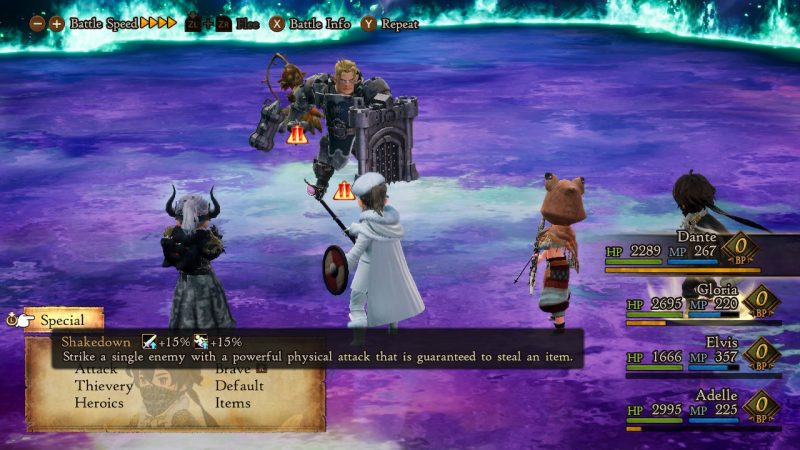
The story begins with the four elemental crystals under threat by an obviously evil-looking Dark Knight who aims to take over the world. Predictably, this misanthropic Emperor’s goals are vague after he achieves dominance, and none of it matters to the greater scope of the story.
By the time the player assumes control of Seth, things are already set in motion and the quest to reclaim the four crystals can begin. He has very little going on with his personality or motivations, and only is along for the ride because the story needs him to serve as the fish-out-of-water vessel so that fantasy concepts can be explained to him and to the player by proxy.
Thankfully, the rest of the cast make up for the milquetoast protagonist. Gloria is the Princess of Musa, the kingdom that had recently fallen at the hands of the main antagonist. Benevolent and unafraid to get down and dirty for her people, she is a real heroic figure. Interacting with her shows a bit of depth with her character, as she has a passion for the arts.
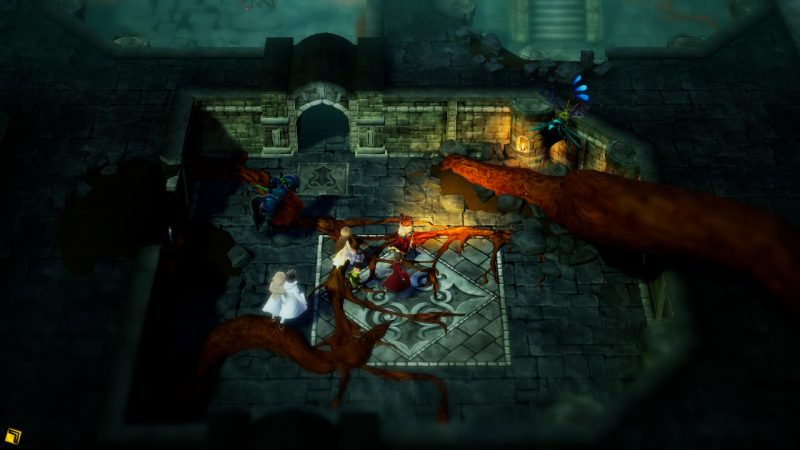
Adelle is the spunky mercenary who acts tough, but is a soft and loving sweetheart on the inside. At first she may act like she’s only in it for the money, but her connections with another party member deepen in a big way that it is hard to not be moved.
Elvis is easily the star of the story. This drunken Scotsman has the most developed character, and is the most enjoyable character to watch. He can be a boisterous and affable guy for the most part, but has a smoldering and tranquil anger when he is faced with the face of evil. His voice actor certainly elevates the character, and makes him feel the most real out of the entire cast.
The supporting cast of side characters are also very well defined. Every kingdom visited will always have a story with some characters with their own arc. Sometimes the figures reappear later in side stories which helps keep the world feel more alive.
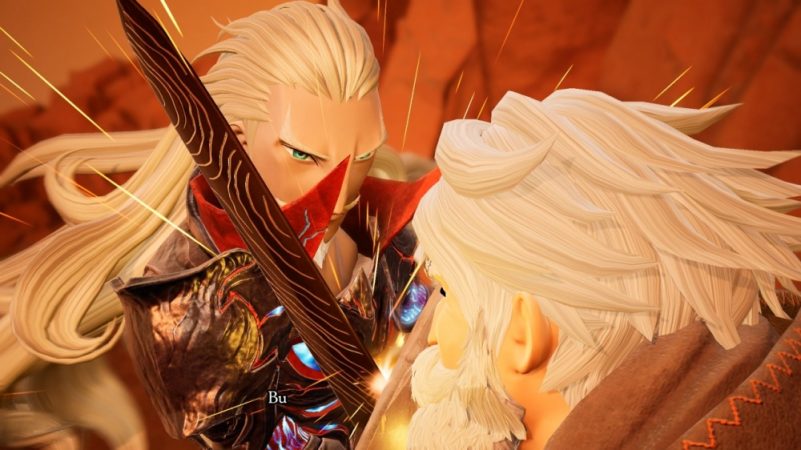
The English voice cast performs their respective characters strongly. A detail that is carried through out the experience is the attention to regional accents and dialects. Seth is the one hero who is not from Excilant, and is the only one with an American accent. Everyone in Wiswald has a Scottish accent; therefore Elvis and his fellow Wiswaldians all have a Scottish affectation.
Sound design is standard for a JRPG. Nothing stands out, nor does anything feel out of place. The music is composed by Revo, who is famous for his fantasy style compositions. While Bravely Default II‘s music clearly has a great deal of craft to it, and there is a lot of thought into the layers of instrumentation and tempo for every track, it failed to leave much of an impression.
The most memorable piece of music is the world map theme, which happens to also have different styles and interpretations depending on the climate of the region. The battle theme is far too repetitive, and there are not enough of them to make the battles different. Having a different battle theme depending on the region would have gone a long way to not making the soundscape feel like a blur.
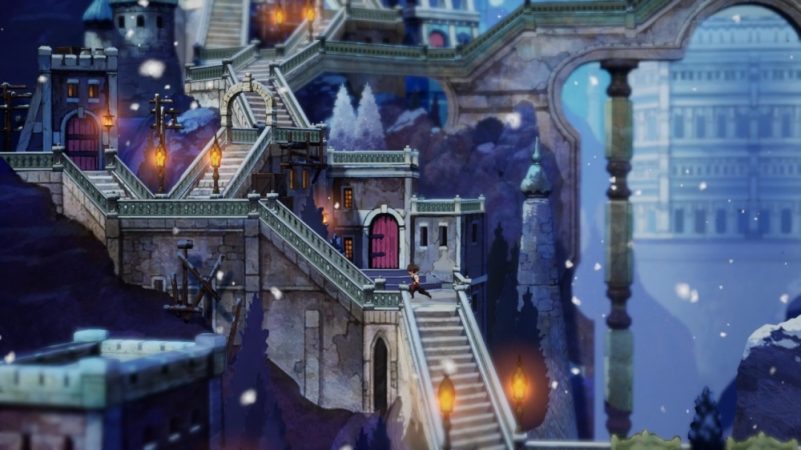
Bravely Default II‘s main plot is secondary to the smaller stories that make up the experience. It is clear that most of the thought in the narrative was put in the drama between the characters. Sometimes it can be easy to forget that the party is on a quest to reclaim some magic crystals, because the motivations of others seems so much more personal with higher stakes.
There are a lot of people who want revenge or seek redemption. There are double crosses and witch hunts amidst ironic deaths, and this is on top of the many side quests that can either be really interesting character development, or MMO style tedium. It is very common to have to go kill X amount of Y, and then return to the quest giver for an underwhelming reward.
Side quests in general can be annoying in Bravely Default II, because the majority of them are not worth the time. It is a 50/50 chance it might be a side story where important character details are revealed among the main party, and those have extrinsic reward because experiencing character development is substantial in a JPRG.
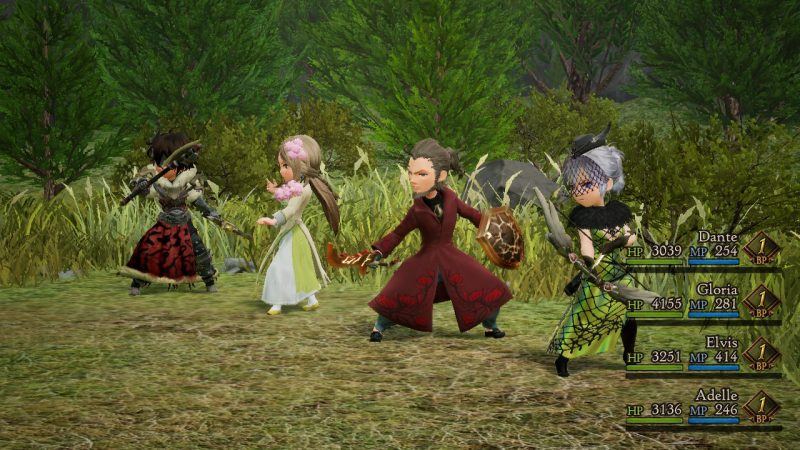
The joy of a JRPG is not role playing. The only decisions made in a JRPG like Bravely Default II is how the player can build the party and engage threats in battle. There is no actual role playing in games like this, and the appeal has largely been that they are anime style adventures that you can play. Bravely Default II excels and delivers on this promise.
For a Switch game, it manages some impressive visuals thanks to the art style. The rough edges from the low picture quality further emphasize the sketchy and hand made style that the artists were striving for. It’s a very easy on the eyes kind of game, and has an inviting atmosphere that will draw you in.
The overarching plot may be very standard for what long time JRPG fans are used to, but the thoughtful gameplay and the strong characters carry the experience. Bravely Default II is worthy to carry the torch left by Final Fantasy, and hopefully future installments will further refine itself and become even greater.
Bravely Default II was reviewed on Nintendo Switch using a review code provided by Square Enix. You can find additional information about Niche Gamer’s review/ethics policy here.